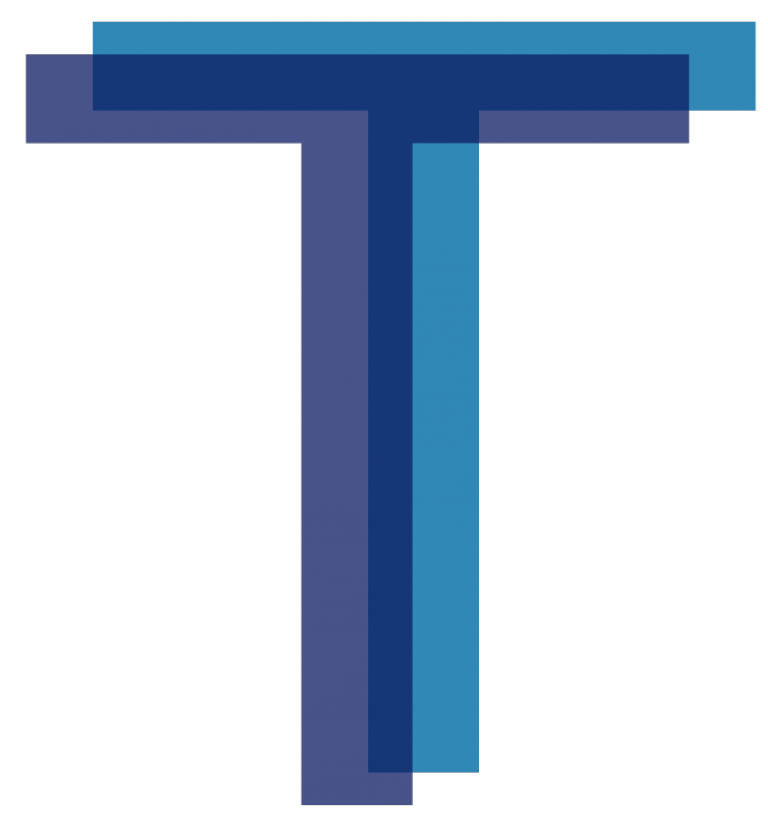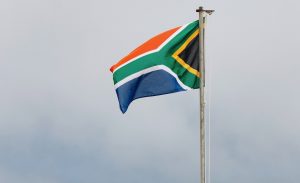The Property and Freedom Society and the global proliferation of Mises Institutes
The founding of the Mises Institute in Auburn, Alabama, in 1982 helped to consolidate the paleoliberal forces in the United States. The new institute took over events like the Mises University previously run in other think tanks (like the Hoover Institution in Stanford). It provided an own organizational base and an infrastructure for the fledgling paleoliberal movement. While the institute developed steadily during the 1980s, two quite different processes seem to have provided momentum to the globalization of the community of Mises and Rothbard followers: The transition of socialism to capitalism in Eastern Europe and the global financial crisis.
The movement grew internationally first in the post-socialist states of Eastern Europe. The first new Mises Institutes were set up in Rumania and Poland shortly after the new millennium. Also early was the founding of a Mises Europe institute in Brussels in 2001. The Property and Freedom society founded by Hans Hermann Hoppe in 2006 eventually consolidated the “Rothbard” split of the Mises wing from the “mainstream” mosaic neoliberalism of the Mont Pèlerin Society and at the same time provided an umbrella for the sprawling community of Mises Institutes, though not all the existing Mises Institutes are listed on the Property and Freedom website (e.g. Mises Europe is missing).
Most of the Mises institutes were founded after the global financial crisis. Founding dates suggest a strong effort has been made from 2010-2012 in particular. The following figure 1 illustrates founding dates, dissolution years of nine institutes, and the cumulative number of the sprawling Mises Institute network under the umbrella of the PFS.
Source: own compilation based on propertyandfreedom.org/, dissolution years traced with wayback.archive.org/
The following table provides an overview of the founding of various institutes in the different countries in chronological order.
New Institutes listed on Property and Freedom Website
Source: propertyandfreedom.org, own research on http://web.archive.org/; *Mises Europe is not listed on this website.
Not all the institutes seem to have a sufficient (financial) base. Nine institutes have been closed between 2014 and 2020, and the Global Mises website has been discontinued.
Mises Institutes closed
Source: Source: Property and Freedom listing, own research on http://web.archive.org/
While not all the new Mises-Institutes survived longer than a few years, a number of additional organizations have been added on the Property and Freedom page. The Spanish language website of Union editorial provides access to libertarian literature in Spain and across Latin America, for example. Even in consideration of certain limits expressed by the share of short-lived institutes it is clear that a dedicated effort has been made after the global financial crisis to establish a network of paleoliberal think tanks in Europe (East and West) in particular. Solid organizations in terms of staff and publications include the Mises Institutes in Germany, Sweden, Barcelona and Brazil in addition to the U.S. Institute, for example.
Property and Freedom Society related Mises think tanks and a few named after Rothbard and other disciples of the paleoliberal stock appear to be philosophically and ideologically closely aligned. The works of Mises, Rothbard and Hoppe are prominently showing up in nearly every think tank of the network in any case, which may be due to the U.S. Mises Institute and Hoppe’s Property and Freedom Society being the driving forces of the whole assembly. The U.S. Institute has provided open access to a lot of writing of Ludwig von Mises and other scholars of the paleolibral movement. The P&F philosophy will be subject of the third and final blog post in this series.
Several websites appear to be clones of the U.S. Mises website, but offer local content in addition to translated publications. Mises Hispano is dedicated to offering Spanish language content of the Mises Institute in Auburn, frequently supplied by members of other Mises Institutes. Additional research is needed to establish the extent to which the global effort has been coordinated from Alabama and / or from Hans Hermann Hoppe and the Property and Freedom Society. Officially, the U.S. Mises institute denies a role in the affairs of the other Mises institutes:
“Since 1982, many other Mises Institutes have been established throughout the world. We wish them well and hope for the creation of many more, but we have no formal ties with any Institute bearing the same name.”
https://mises.org/about-mises/what-is-the-mises-Institute
At the same time the website of Mises USA states support from many sources abroad:
“The Mises Institute has 350-plus faculty members working with it on one or more academic projects. With their help, and thousands of donors in 50 states and 80 foreign countries, the Institute has held more than 1000 teaching conferences, including the Mises University, and seminars on subjects from monetary policy to the history of war, as well as international and interdisciplinary Austrian Scholars Conferences.”
https://mises.org/about-mises/what-is-the-mises-Institute
It thus might be the case that the donors in 80 foreign countries mentioned are also funding (some of the) other institutes of the network. Alas, it is not possible to find out much about the donors of Mises USA despite the stronger transparency regulations. A foundation directory search yielded small grants for the Mises Institute only. The sources of the bulk of the income is not publicly available. But from the IRS filing we can get some insight into the broad development of income and expenses of the U.S. Institute.
Source: Filings of Mises Institute available at Nonprofit Explorer ProPublica https://projects.propublica.org/nonprofits/organizations/521263436
Two things are striking. In 1999, the institute received nearly 12 Mio. USD, which is a sizable gift. And the push for international proliferation of Mises Institutes coincides with a considerable increase in funding of the U.S. Mises Institute in the wake of the global financial crisis. According to ProPublica, the latest figure for 2019 was again much higher: total revenues of USD 10.250 Million, though the IRS 990 is not yet available on the website (March 16, 2021).
A large share of expenses is for executive compensation and staff salaries according to the IRS. Another sizable amount has been spent on conferences, which may include subsidies for travel etc. About the funding and expenses of the other Mises Institutes we know nearly nothing, unfortunately. If think tanks are not offering information on funding it is only possible to look at the links to firms and (corporate) foundations to identify likely funding sources.
From the U.S. Mises Institute we know about such links to tobacco firms since contributing editors Thomas J. DiLorenzo, Mark Thornton and Robert Higgs have a history of working relations with the tobacco industry according to Sourcewatch.
A quick search for industry links of staff and board members in other Mises Institutes yielded the following results:
Source: Websearch on the individual listed as staff / board members of Mises institutes
A systematic analysis of the 220 board and staff members of the Mises Institutes may well offer further leads about possible donors of the Mises Institutes around the world. The final blogpost will take a closer look at the philosophy of the Property & Freedom Society and some of the activities of the Mises Institutes, which are strongly opposed to government intervention to contain global warming, for example.
Acknowledgements
I gratefully acknowledge research and technical assistance from Lilian Mauthofer and Moritz Neujeffski. Thanks go to Robert Brulle for help with the IRS 990 data.


